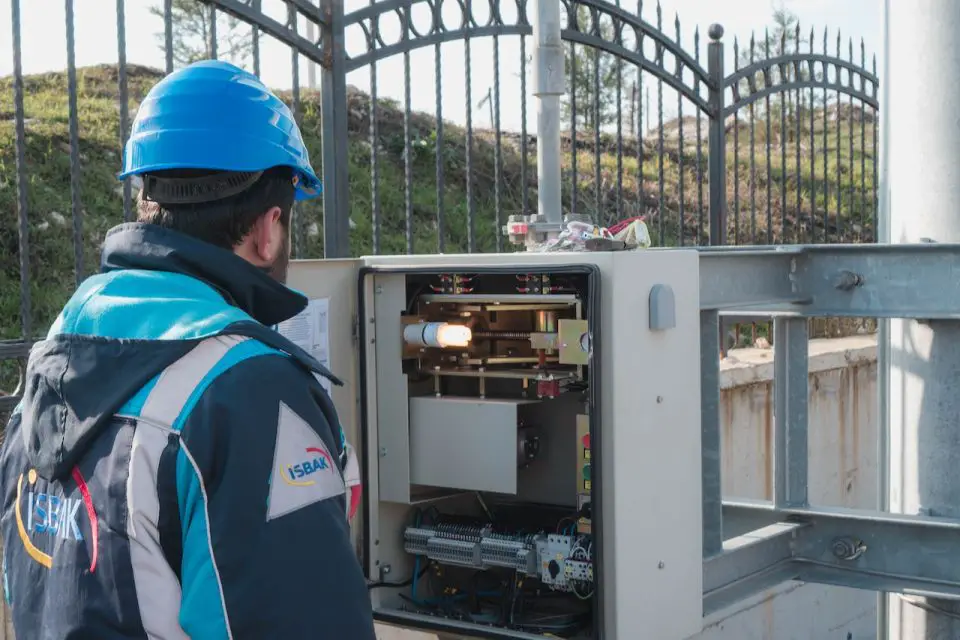In a surprising turn of events, the September monthly jobs report has surpassed economists’ predictions, underscoring the resilience of the US economy. According to the latest data, 334,000 nonfarm payrolls were added to the labor market, nearly doubling the consensus estimate put forth by Bloomberg-surveyed economists. This figure represents the highest monthly addition since January.
As a result of this robust jobs report, the likelihood of a Federal Reserve rate hike has experienced an uptick. Investor bets on the CME FedWatch Tool now suggest a 30% chance of a central bank rate increase in November, compared to an 18% probability recorded just last week.
Some Wall Street economists posit that this report may signal one of the final displays of strength before the Federal Reserve initiates its historically swift tightening cycle, potentially impacting the elusive US consumer. EY’s Chief Economist, Greg Daco, cautioned that despite the September surge, the possibility of a negative payroll print before year-end cannot be ruled out. He pointed to the United Auto Workers strike, diminishing consumer spending, and a more cautious approach to business activity as factors that may dampen labor demand in the coming months. EY has elevated its odds of a recession within the next 12 months from 40% to 50%.
Nonetheless, the current state of affairs is not as dire as initially feared, and concerns of a slowdown remain speculative. Similar projections were made in July, when economists disregarded the highest consumer confidence levels seen in two years. Similarly, the dip in retail sales witnessed in March amid a banking crisis was an anomaly, rather than an enduring trend, as consumers have continued to spend.
While there have been indications of a potential cooling, recent data attests to a resilient economy with intermittent signs of moderation. The final assessment of Gross Domestic Product for the second quarter demonstrated a 2.1% growth rate. Forecasts anticipate a 4.9% expansion in the current quarter, according to the Atlanta Fed’s GDPNow Forecaster. A recent government revision revealed that households’ “excess savings” were higher than previously estimated, potentially stimulating additional consumer spending.
Wells Fargo’s Senior Economist, Tim Quinlan, noted that a forecasted slowdown in the labor market could be the catalyst for eventually tempering consumer activity. However, the data as of Friday indicates that this phenomenon has yet to materialize. This trend is not limited to the monthly jobs report alone. The August Job Opening and Labor Turnover Survey (JOLTS report) reported job openings at their highest levels since May, while jobless claims remained low, indicating a reduced likelihood of layoffs.
Despite the positive indicators, there are lingering cautionary signs for the economy. EY’s Greg Daco referred to them as the “quadruple threat.” Elevated oil prices have dented consumer confidence, an ongoing auto worker strike persists, the resumption of student loan payments is anticipated to impact consumer finances, and the specter of a government shutdown looms once more. When combined with the potential repercussions of elevated interest rates on both consumers and corporations, the argument for lagging effects from monetary policy remains a relevant concern.
Nevertheless, despite the growing apprehension, investors appear to be undeterred, as stocks rallied through Friday afternoon. The market’s response to the September jobs report underscores a degree of confidence in the continued resilience of the US economy.
Source: Yahoo Finance

